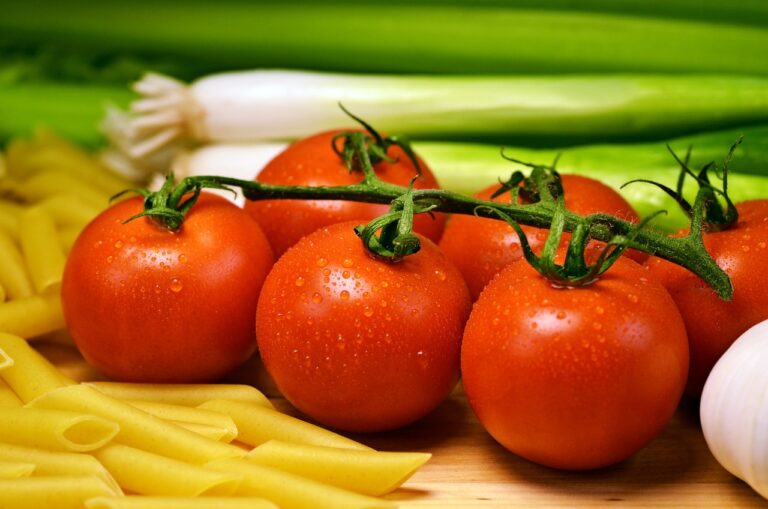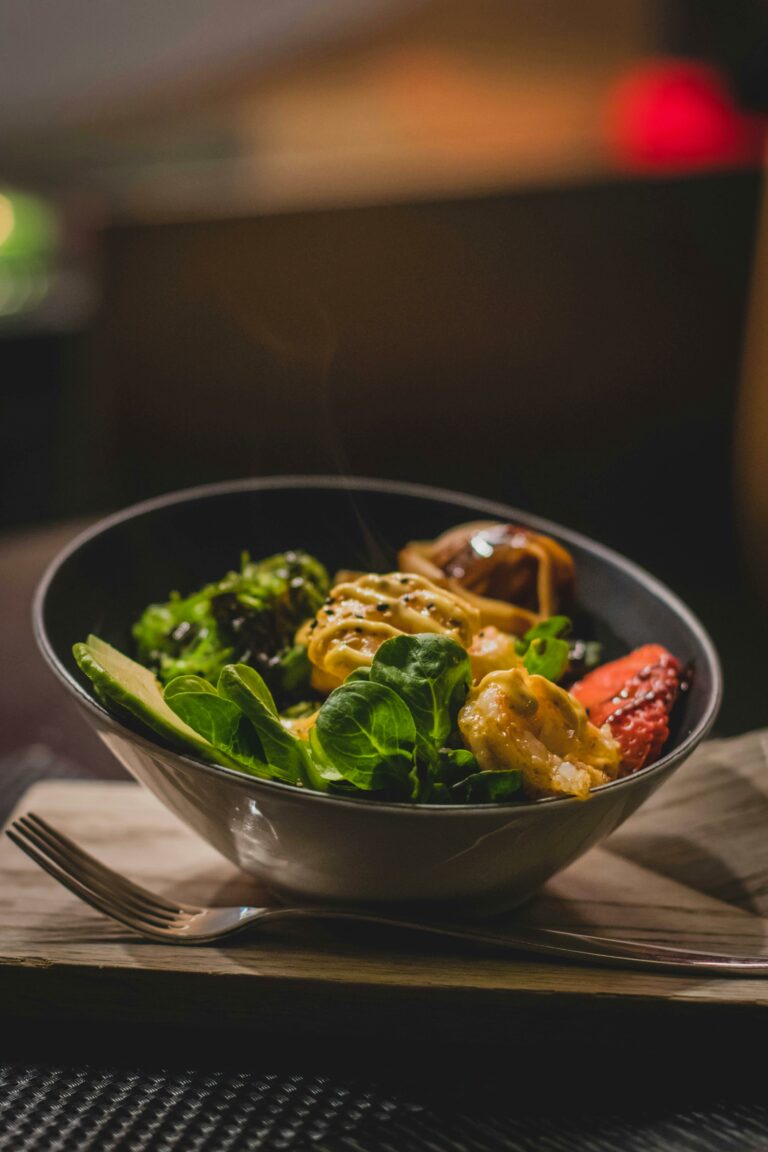Cooking with Seaweed: Exploring the Culinary Possibilities
Seaweed is not only a delicious addition to various dishes but also boasts an array of nutritional benefits. Rich in vitamins A, C, and K, as well as calcium and iron, seaweed is a potent source of essential nutrients that can support overall health and wellbeing. These nutrients play crucial roles in promoting healthy skin, boosting immunity, and maintaining strong bones.
Moreover, seaweed is a significant source of iodine, a mineral essential for proper thyroid function. Including seaweed in your diet can help regulate metabolism and support hormone balance. Additionally, seaweed contains antioxidants that combat free radicals in the body, potentially reducing the risk of chronic diseases and inflammation. By incorporating seaweed into your meals, you can harness its nutritional benefits and elevate the health value of your diet.
Different Types of Seaweed Used in Cooking
Seaweed, a versatile ingredient used in various cuisines worldwide, comes in different types that offer unique flavors and textures to culinary creations. Among the most commonly used seaweeds in cooking are nori, kombu, wakame, and dulse. Nori is popularly known for wrapping sushi rolls and adding a subtle umami flavor to dishes. Kombu, a type of kelp, is often used to enhance the flavor of broths and stews due to its natural glutamate content.
Wakame, with its delicate and slightly sweet taste, is frequently featured in salads and miso soup. Dulse, a red seaweed, boasts a salty and smoky flavor, making it a great addition to soups, stir-fries, and even baked goods. Each type of seaweed brings its own set of nutrients and culinary uses, contributing to the diverse world of seaweed-infused dishes enjoyed by many.
How to Properly Prepare Seaweed for Cooking
To begin preparing seaweed for cooking, it is important to start by rinsing it thoroughly under cold water to remove any excess salt or debris. Once rinsed, soak the seaweed in a bowl of cold water for about 10-15 minutes to rehydrate and soften it. After soaking, gently squeeze out the excess water and cut the seaweed into bite-sized pieces, as needed for your recipe.
Once the seaweed is prepared and cut to size, it is ready to be incorporated into a variety of dishes. Whether adding it to soups, salads, or stir-fries, seaweed can bring a unique umami flavor and a boost of nutrients to your meals. Experiment with different types of seaweed like nori, wakame, or kombu to discover which varieties you enjoy the most in your cooking.
What are some of the nutritional benefits of seaweed?
Seaweed is a rich source of vitamins, minerals, and antioxidants. It is also low in calories and high in fiber, making it a great addition to a healthy diet.
What are some different types of seaweed that are commonly used in cooking?
Some common types of seaweed used in cooking include nori, kombu, wakame, and dulse. Each type has its own unique flavor and texture.
How should seaweed be prepared before cooking?
Before cooking with seaweed, it is important to rinse it thoroughly to remove any excess salt or debris. Some types of seaweed may also need to be soaked in water before use.
Can seaweed be used in a variety of dishes?
Yes, seaweed can be used in a wide range of dishes, including soups, salads, stir-fries, and sushi. It can also be used as a topping or garnish for added flavor and texture.
Are there any precautions to take when cooking with seaweed?
While seaweed is generally safe to eat, it is important to consume it in moderation as it can be high in iodine. Individuals with thyroid conditions should consult with a healthcare provider before consuming large amounts of seaweed.







